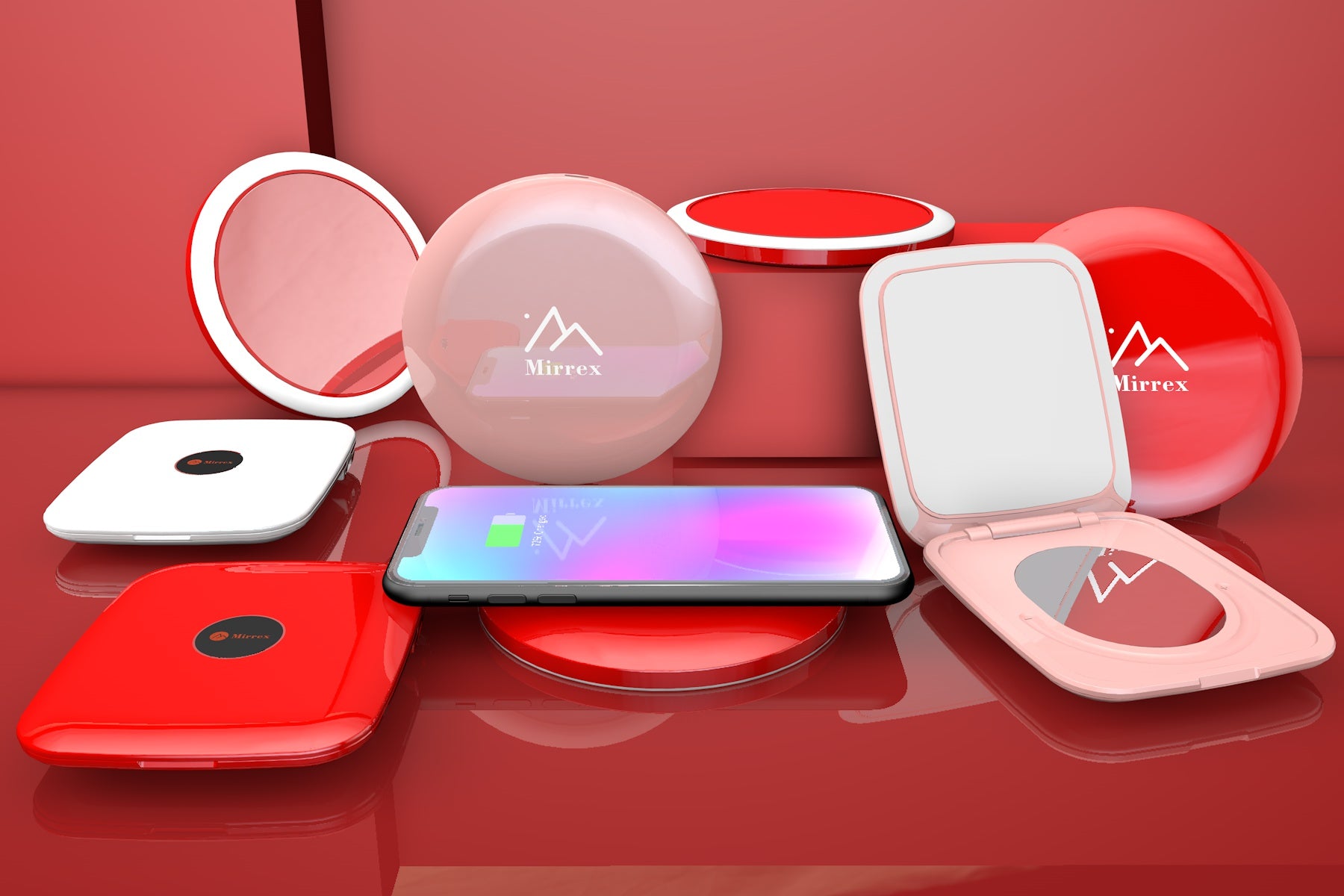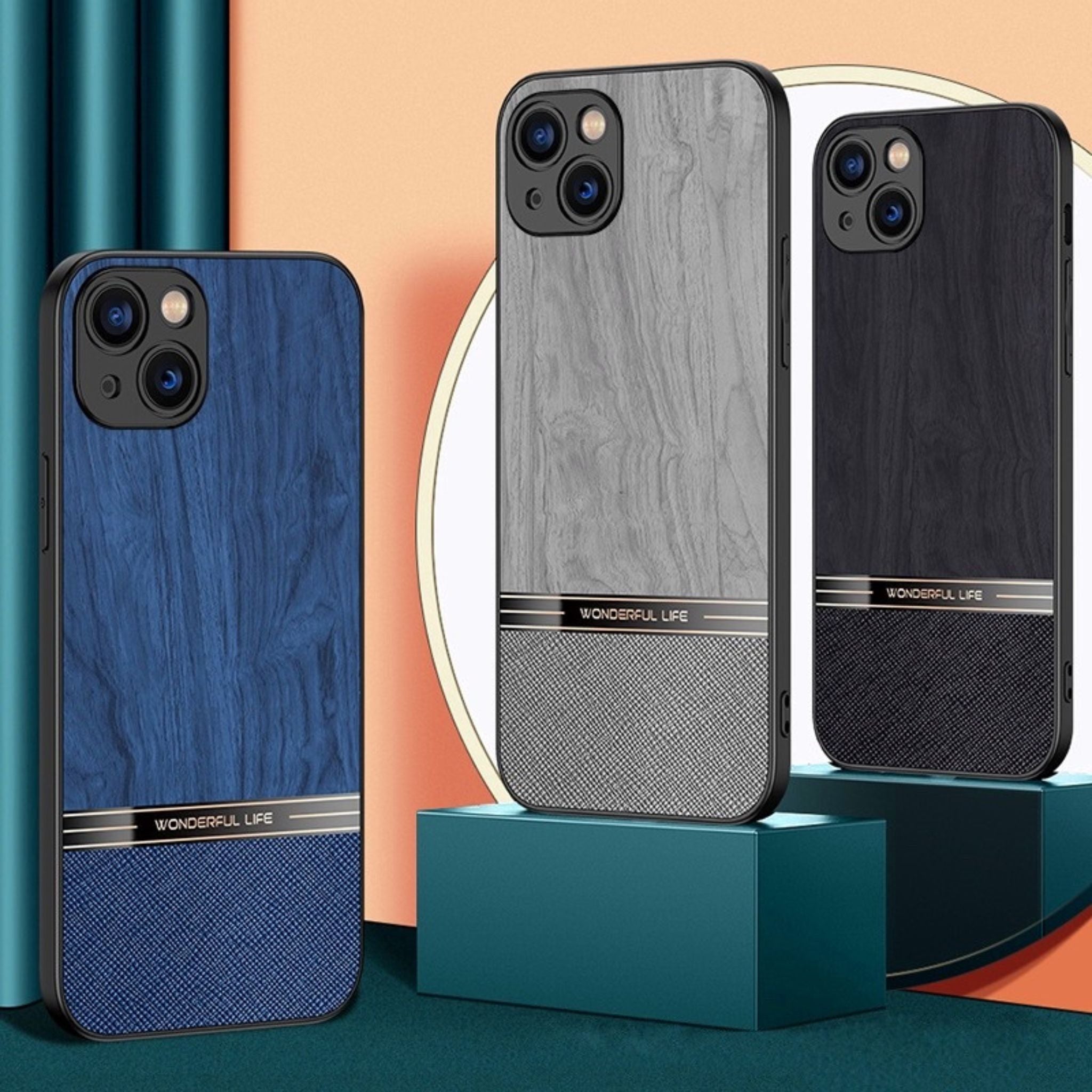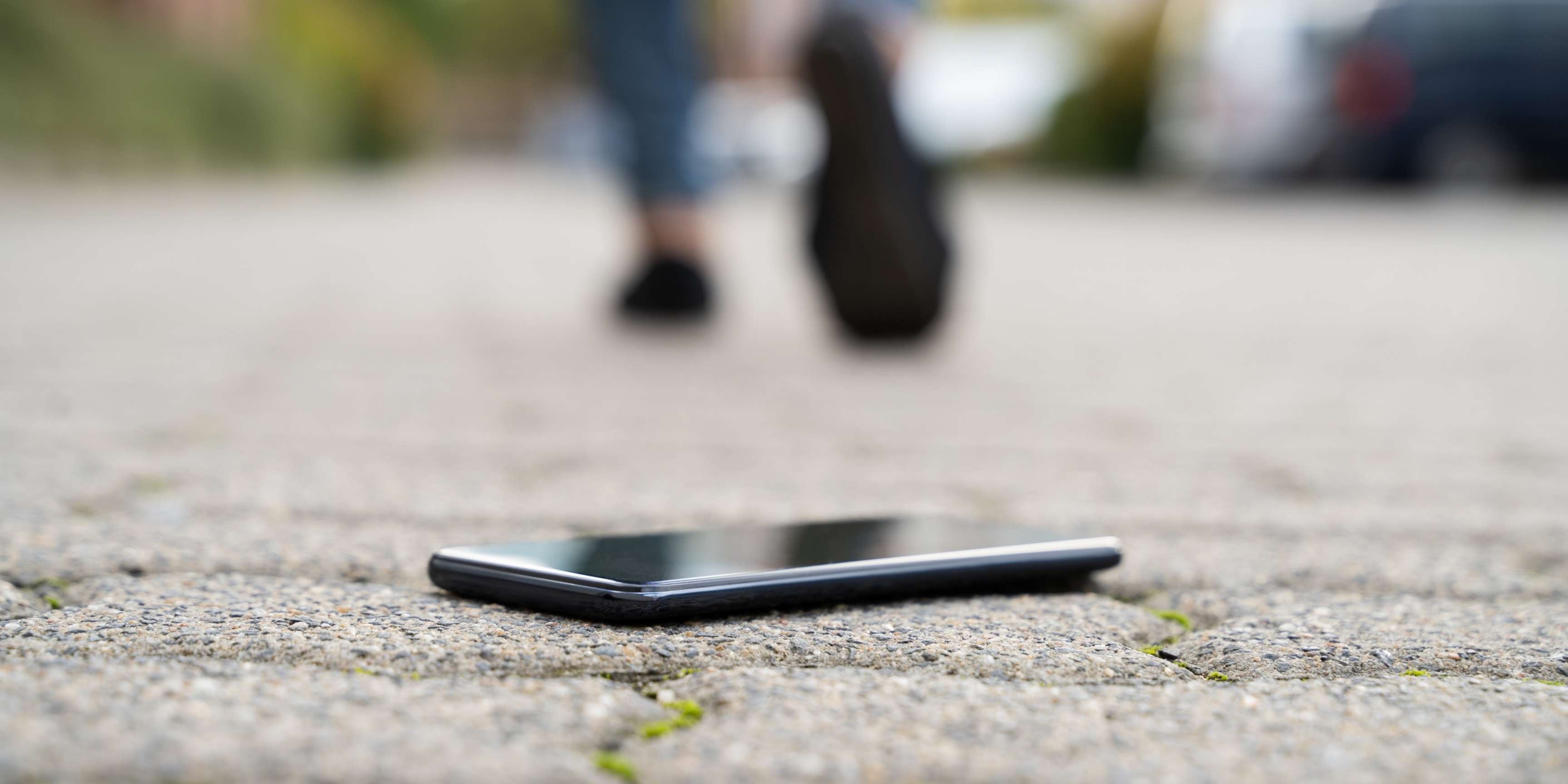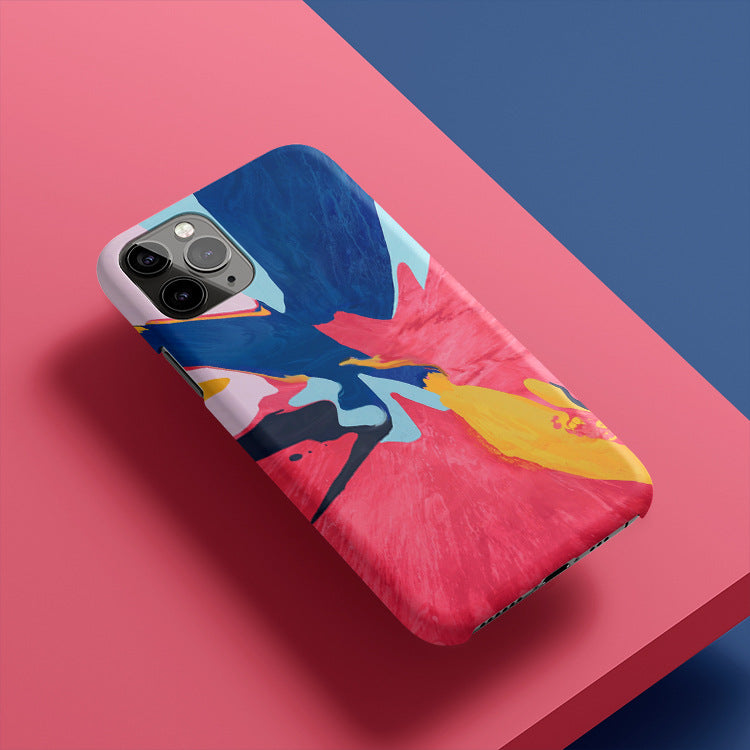What Is Wireless Charging?: Why Do I Need It?
Table of Content
According to recent research by IHS Markit, 43 percent of smartphone users say they are interested in purchasing a wireless charger.
However, despite this high level of interest, many people are still unaware of what wireless charging is and how it can benefit them.
Join our phone accessory experts as we explore the world of wireless charging and help you to understand why this technology is set to revolutionize the way we charge our devices.
What is wireless charging? A brief history
Wireless charging is a technology that allows devices to be charged without the use of physical cords or connectors.
Instead, power is transferred to the device wirelessly using magnetic induction.
One of the first ways wireless charging was used was in medical implants and remote-control toys were later developed for use in electric toothbrushes before being adapted for use in smartphones.
Wireless charging technology has been around for many years, but it wasn't until 2008 that it started to be widely used in consumer electronics.
The first devices to use wireless charging were laptops.
Laptops have had wireless charging capabilities for much longer than mobile phones, but it wasn't until the release of the Palm Pre in 2008 that wireless charging became a standard feature in mobile phone
Before wireless charging arrived, devices were charged using one of two methods:
Conductive charging - This means physically connecting the device to be charged to a power source using a USB cable or other type of connector.
Inductive charging - Uses electromagnetic induction to transfer energy between two coils. One coil is connected to the power source and the other is built into the device to be charged. An example of inductive charging is the charging pads used for some electric toothbrushes.
“It wasn't until the release of the Palm Pre in 2008 that wireless charging became a standard feature in mobile phones”
So with a little background on wireless charging, you might be wondering why you need it. Let’s take a look.
Benefits of wireless charging
Let’s take a look at why you might be looking for a wireless charger for your iPhone or other smartphones.
- The main benefit of wireless charging is that it’s much more convenient than traditional methods of charging. With a wireless charger, you simply place your phone on the charging pad and it starts charging automatically.
- There are no cords or plugs to worry about, and you don’t have to worry about finding a socket to plug into.
- The other benefits of wireless charging are many. One of the most obvious is that it eliminates the need for messy cables and tangled cords.
- It’s also much more convenient than plugging and unplugging your phone every time. You can simply place your device on the charging pad and it will begin charging.
- Another reason to love wireless charging is that it eliminates the need for users to carry around multiple chargers or cables for their different devices.
- Wireless charging also reduces wear and tear on ports and connectors, as there is no need to repeatedly plug and unplug them.
- It’s also more efficient than traditional wired charging, as there is no energy loss through heat or electrical resistance.
- Wireless charging is also much safer than using exposed electrical outlets, as there is no risk of electric shock.
- Wireless charging is a huge convenience because it means you no longer have to fumble around with cables every time you want to charge your phone.
- it’s less likely to damage your device since there are no exposed metal contacts.
- Solar-powered wireless chargers can collect solar energy all day under direct sunlight and mean a cheaper way to power your phone
So if you’re looking for a more convenient, efficient, and durable way to charge your phone, wireless charging is the way to go!
How do I use a wireless charger?
A wireless charger typically consists of two main parts – a charging pad (or mat) and a receiver (or adapter).
The charging pad is connected to a power source, such as a wall outlet or USB port, and the receiver is connected to the device that needs to be charged.
When the two parts are placed close together, an electromagnetic field is created that transfers power from the charger to the receiver. This power is then used to charge the device’s battery.
The easiest way to think about using a wireless charger is to imagine it as a “dock” for your device.
You simply place your device on the charger and it begins charging – no fiddling with cables or plugs required!
What is solar charging?
With The global portable solar charger market size anticipated to reach USD 1.7 billion by 2025 according to an industry analysis of grand view research, it’s not surprising this new wireless technology has many of us reaching for the ‘buy’ button.
Solar charging is another form of wireless charging technology that allows you to charge your devices using the power of the sun.
Solar chargers are becoming increasingly popular as they are an environmentally-friendly way to keep your devices charged.
Don't worry if there isn't enough sun, solar chargers come with a backup battery so you can charge your devices even when it's cloudy.
Some of the best solar chargers can support 4 devices so you can power up your tablets, earphones, and even camera along with your smartphone.
Ok so now we’ve looked at wireless charging, and its benefits, are there any downsides? Check it out below.
Are there any disadvantages to wireless charging?
Wireless charging is a great way to keep your devices charged without having to deal with the hassle of cables and plugs.
However, it is important to be aware of the potential disadvantages before making the switch.
The main disadvantage of wireless charging is that it is typically slower than wired charging. This is because the wireless charger Some other disadvantages can include:
- Having to keep your device perfectly aligned with the charger for it to charge
- Not being able to use your device while it’s charging
- Compatibility issues (not all devices are compatible with all wireless chargers)
- Slightly higher cost than wired chargers
Overall, wireless charging is a convenient way to charge your devices without having to deal with pesky cables.
It’s not perfect, but it’s certainly a step in the right direction!
What should I keep in mind when wireless charging?
If you are considering switching to wireless charging, there are a few things to keep in mind.
First, you will need to purchase a wireless charger, which can range in price from $20 to $50. Second, not all devices are compatible with wireless charging.
Currently, the most popular standard for wireless charging is Qi, which is supported by a wide range of devices including iPhones, Androids, and even some laptops.
If your device does not support Qi, there are adapters available that will allow you to use wireless charging.
Innovations in Wireless Charging
Undoubtedly, wireless charging technology has been game charger to our living, but there is more to come... New products are now widely adopting the use of Wireless Charging. For example, phone cases are now looking at better induction materials that improve the transmission of wireless charging between smart phones and the charger. Anacotte has also put on the efforts and made a series of phone case which offers top-notch drop protection and faster wireless charging speed.

And to finish on...
Wireless charging is a great way to keep your devices powered up without the hassle of cords and plugs.
It’s also safe and convenient, making it a great option for busy families or anyone who wants to declutter their home.
The convenience of wireless charging outweighs some of the minor disadvantages.
As technology improves, we can only expect wireless charging to become more and more commonplace.
So if you’re looking for a way to ditch the cords, wireless charging is the way to go.










Dejar un comentario
Este sitio está protegido por hCaptcha y se aplican la Política de privacidad de hCaptcha y los Términos del servicio.